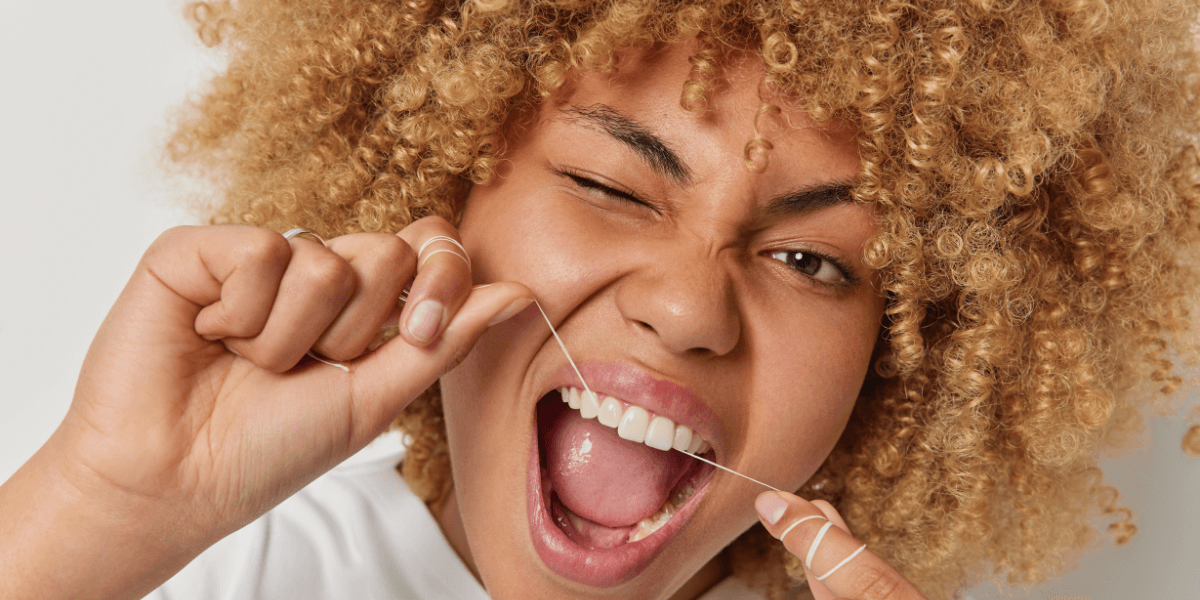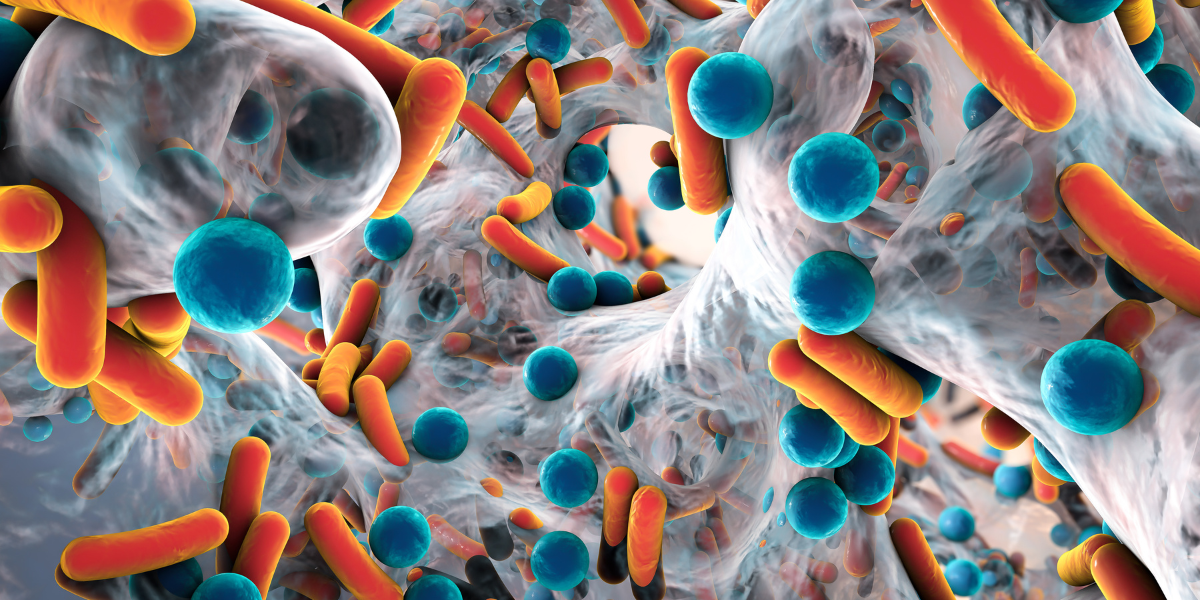Is brushing and flossing really enough to keep teeth healthy?

Find out why you brush & floss as directed but still get cavities.
“I’m sorry to tell you this but you have a cavity.” These are words that no one ever wants to hear when they visit the dentist but are especially frustrating to someone who’s been meticulous about their dental hygiene. They’ve been brushing, they’ve been flossing, they’ve been using mouthwash… and still get a cavity! What gives?!
Unfortunately, while proper dental hygiene is a critical component of preventing tooth decay, it is only one piece of a much larger puzzle. Let’s discuss a few reasons you can still get cavities even when you’re brushing and flossing.
Bacteria
Bacteria is a bad thing right? Well, not necessarily. The truth is, your oral microbiome is a combination of the two, both good and bad bacteria. Decay happens when 1.) you have too much bad bacteria and 2.) you have an acidic pH. The pH of the oral cavity ranges from 6.2 to 7.6[1]. When this drops to about 5.5 or lower, bad bacteria takes over and the good and bad bacteria are no longer balanced. You can combat this by steering clear of acidic foods. Examples would be carbonated beverages, sugary and simple carb heavy foods like sugary breads and candy, and lemons and grapefruits. If you can’t give these up, drink lots of water or consider taking an oral probiotic . An oral probiotic will help replenish your microbiome so that you can fight decay.
Diet
We’ve discussed foods you should avoid, so now let’s discuss something a little more fun… the foods you should eat! When you think of healthy teeth, do you think of healthy bones? Probably not, but the truth is, bone is what supports your teeth and tissues. To have healthy teeth, you need strong bones. To do this, incorporate lots of calcium and vitamin D in your diet. The two are paired because vitamin D helps your body absorb calcium[2]. When you think of calcium you probably think of dairy products like cheese and milk. While these foods are rich in calcium, so are vegetables like kale and beans. Be mindful of the sugar content of these foods. Many yogurts have added fruits or flavors that give them a high sugar content. As for vitamin D, get out in the sun! Your body creates vitamin D from direct sunlight on the skin when you’re outdoors[3]. However, this isn’t true in the winter months so when it’s too cold or dark to get outside, eat lots of fish, egg yolks, or take a supplement to get your vitamin D.
Salivary flow
Saliva is one of the oral cavity’s biggest defense mechanisms against decay and unfortunately, one that individuals don’t have any control over. It cleanses bacteria from the teeth and buffers the pH in the oral cavity to create an environment that promotes good bacteria and fights bad bacteria. Dry mouth, or xerostomia, can promptly exacerbate tooth decay. If there is no salivary flow, food and plaque stay stuck in between the teeth or on the chewing surfaces and, if one is eating sugary or acidic foods, create an environment conducive to decay by dropping the pH of the oral cavity. While there is not a cure for xerostomia, there are mouth rinses that can soothe dry tissues, oral probiotics to keep the oral pH balanced, and sugar free mints with xylitol to increase salivary flow.
It’s never fun to hear you have a cavity, especially when you’ve been brushing and actually flossing! However, keep in mind that decay and the oral cavity are intrinsically linked with nutrition, overall health and wellness, and genetics. Brushing and flossing are integral to oral health but even if you’re meticulous, decay can still happen. Don’t beat yourself up over this! Your dental professionals are on your side and know that you’re doing your absolute best.
References
- Baliga, S., Muglikar, S., & Kale, R. (2013). Salivary pH: A diagnostic biomarker. Journal of Indian Society of Periodontology, 17(4), 461–465. https://doi.org/10.4103/0972-124X.118317
- NHS. (n.d.). NHS choices. https://www.nhs.uk/conditions/vitamins-and-minerals/
- Willershausen, B., Ross, A., Försch, M., Willershausen, I., Mohaupt, P., & Callaway, A. (2011). The influence of micronutrients on oral and general health. European journal of medical research, 16(11), 514–518. https://doi.org/10.1186/2047-783x-16-11-514







